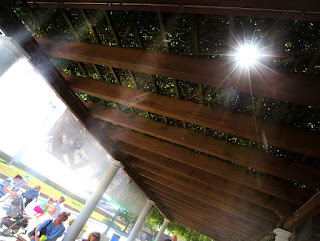The use of biomimicry in architecture and design
Biomimicry is the study and application of nature’s design strategies to solve human problems. When it comes to architecture and design, biomimicry can be used to increase energy efficiency, improve sustainability, and provide scalability and long-term performance. Examples of biomimicry in architecture include using an inverted umbrella-like structure to create a passive cooling system, utilizing structures inspired by the human bone structure to create strong and lightweight structures, and using layered systems inspired by the way a sponge absorbs water to create ultra-efficient insulating materials. Biomimicry has even been used to create artificial intelligence models that are inspired by the behavior of animals. Through the use of biomimicry, architects and designers hope to improve the performance of design projects while being friendlier to the environment.
Biomimicry can be especially beneficial for energy-efficient architectural and design projects. For instance, an inverted umbrella-like structure that provides shade to the building can be used to passively cool the building, reducing the amount of energy that is used to cool it. In addition, structures modeled on the human bone structure can be used to provide strength and lightness with minimal material usage. This makes biomimicry an ideal choice for projects that aim to be more energy efficient and sustainable.
Biomimicry can also be used to help create structures that are scalable and provide long-term performance. Layered systems inspired by how a sponge absorbs water can be used to create insulating materials that are highly efficient and will last a long time. On the other hand, biomimicry can also be applied to the development of artificial intelligence models that are inspired by the behavior of animals. By creating a structure that replicates the behavior of an animal, architects and designers can create an AI model that is tailored to a specific application.
Overall, biomimicry can be an incredibly helpful tool for architects and designers looking to create sustainable, efficient, and performance-oriented projects. By taking advantage of the natural design strategies used in nature, architects and designers can create structures that require minimal material usage and create fewer environmental impacts. At the same time, biomimicry can help develop innovative artificial intelligence models that have numerous applications in architecture and design. As the popularity and implementation of biomimicry continue to grow, architects and designers will find new and innovative ways to incorporate it into their projects.



Comments
Post a Comment